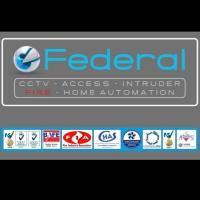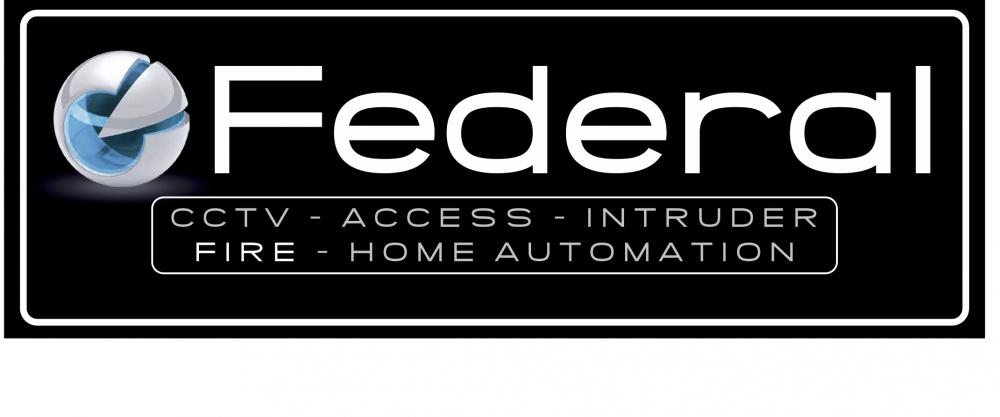Search the Community
Showing results for tags 'alarms'.
-
Hello guys!! Ive been meaning to get myself on here for some time now and finally had a bit of free time to do so! First things first - What a GREAT Forum, with out a doubt its helped me out many of times! This is my first post so excuse any "dumbness" Let me cut to the chase, I have been running a security installation company for 4/5 years. So far no issues, but Alarm wise we have only been sticking to the Visonic powermax kits and would like to branch out to Wired as it seems like we are turning away work, Now now, l'd like to know - Is it worth attending a course to learn the ins and outs of wired systems...? if so could you recommend one? Look fowarding to your replies folks! Have a good evening! KR Prits
-
hello I have the above alarm all working fine except for the doorbell which is the Exit Terminate button in day mode. it’s says in the user manual, quote:Turning the Chime On/OffYour system may be programmed so that a chime tone sounds whenever certain doors are opened while the system is unset. If your system has an Exit Terminate button, then it will act as a door bell while Chime is on. To turn Chime on or off:1. Key in your access code. The display shows "_ _ "2. Press 7 followed by y (Clear).I have tried this and it doesn’t work, is there a programming feature in E mode that I’m missing?...I’ve just re set the whole system in E mode and added the chime function to zone 1 (final exit zone) and have a brand new battery and all is working perfectly except for this one feature.. plz Help Many thanks Clare
-
Welcome All! Located at Branxholme Industrial Estate in Bailiff Bridge; Federal Securities LTD is here for all your security needs, offering out services locally and nationally to domestic locations, building sites and to your business!
-
- ltd
- securities
- (and 8 more)
-
House Warning Alarm Systems for home security control panel and detectors
alarmsystem posted a gallery image in Members Gallery
From the album: Alarm Systems & Security Solutions
Smart Home and office burglar & fire alarm systems with motion sensor, wireless siren, detector. Wholesale & Retail professional complete home protection device.© Vedard Alarms
-
- alarms
- burglar alarm
- (and 8 more)
-
The technology used to transmit alarm and UDL data from premises to ARC and installer is becoming ever more powerful. In this series of blog's we aim to provide you with unbiased information on subjects such as SIA transmission (this edition), standards and how the advance of communications technology will continue to benefit all stakeholders in security. In our business we love technology, but you won't hear from us "you can't do this" or "you shouldn't use x technology". There are horses for courses and it's essential for end users and installers to use the appropriate solution dependent on premises, risk etc. In this first edition we'll look at SIA alarm transmission. You can watch the video .Naturally, the security sector focuses on systems which detect risk local to a given premises, making effective use of intruder, fire, CCTV and access control solutions for the host organisation. Alarm transmission services help manage those risks ‘remotely’, ensuring that event information is sent to an operator who can detect that communication has failed and then summon the relevant emergency services (police, fire) and/or key holder, security installer/systems integrator). That said, transmission networks can also be the bottleneck, sometimes reducing the amount of data that the user would like to send/see. They might also compromise the security of the premises unless appropriate security measures are in place. In this regular monthly blog, we’ll appraise some of the key elements of signalling – and we’re going to begin by examining the prime uses (and benefits) of extended format alarm transmission. Extended format alarms: a quick summary Extended format alarms help those involved to save time and money. You can avoid site visits and interruption to the end user business as well as improve installer services, manage events and faults on a remote basis. There are also improvements to be had in terms of Alarm Receiving Centre (ARC) reports, adding value to the monitored service. The lowest cost transmission is via IP over radio (GPRS) or fixed line (ADSL/Internet). Even Grade 2 systems should use encryption (reference EN table 10, Option D). Why hasn’t the industry used SIA for so long? In the context of this discussion, ‘SIA’ is the Security Industry Association of America and not the Security Industry Authority you all know to be the Regulator for the UK’s private security world. The ‘SIA protocol’ we talk about next was developed to bring together many alarm transmission formats. Its benefits are detailed in due course. Sending every SIA alarm over an analogue telephone call is expensive. A system sending just an ‘Open’, ‘Close’ and ‘Test’ call in 2012 over a working year of 265 days could incur call charges of £100-plus (and certainly isn’t ‘for free’). To reduce costs the security sector turned to inputs/channels as the solution. Inputs relate many detectors to one transmitted event, the unforeseen consequence being the reduction in value of the security system and increased site visits. The event received is not the original event created by the panel, just a translation. As ‘Pins’ are a physical connection from the panel to the communications device, only a limited number of inputs/channels could be transmitted without making the device large in size. Generally speaking, up to 16 channels only will be supported (even for sites which could have dozens of zones or alarm types). Why use extended format alarms? Extended format alarms are not solely for the larger sites. Installers who implement SIA can provide a better level of service to domestic or business sector customers, identifying what has happened before visiting or otherwise eliminating a site visit altogether. We’ve seen the impact of the recession on loss prevention teams. Installers need to manage their bottom line closely as operating costs continue to increase in the recession. For their part, extended format alarms can help end users and installers alike to better manage their situations by providing detailed event information without having to visit a given site. The majority of alarm panels built in the last decade support the SIA protocol alarm format. That protocol includes site ID, date, time, the alarm type, zone, area, entry code and user (if programmed). A simple example is that a Pin 4 alarm for ‘Open’ now becomes ‘Open, J Smith’ or ‘Open, Cleaner’. BA (Burglar Alarm) is now ‘BA, Zone 2, Reception’ etc. By transmitting SIA to the ARC, reports become richer and more useful. Loss prevention professionals or installers now have access to the original data from the panel. This speeds up the understanding of an event, or helps the installer diagnose a fault without having to go to site. Why can the industry use SIA now? Using digital transmission technology, SIA can be sent more cheaply and securely than before. A hybrid alarm transmission systems is a solution which uses a radio IP path (GPRS) as the ‘Primary’ method to transmit alarms, network polls and provide UDL (Upload/Download, ie remote management/service) to the alarm panel. The cost of GPRS bandwidth to transmit every SIA event, UDL and network polling per annum is less than 15% of the cost of sending three alarms per day over PSTN dial-up. A pure digital alarm transmission system will use the IP fixed line path (ADSL) as its primary and radio IP (GPRS) as the back-up.
-
- Signalling
- Monitoring
-
(and 3 more)
Tagged with:




